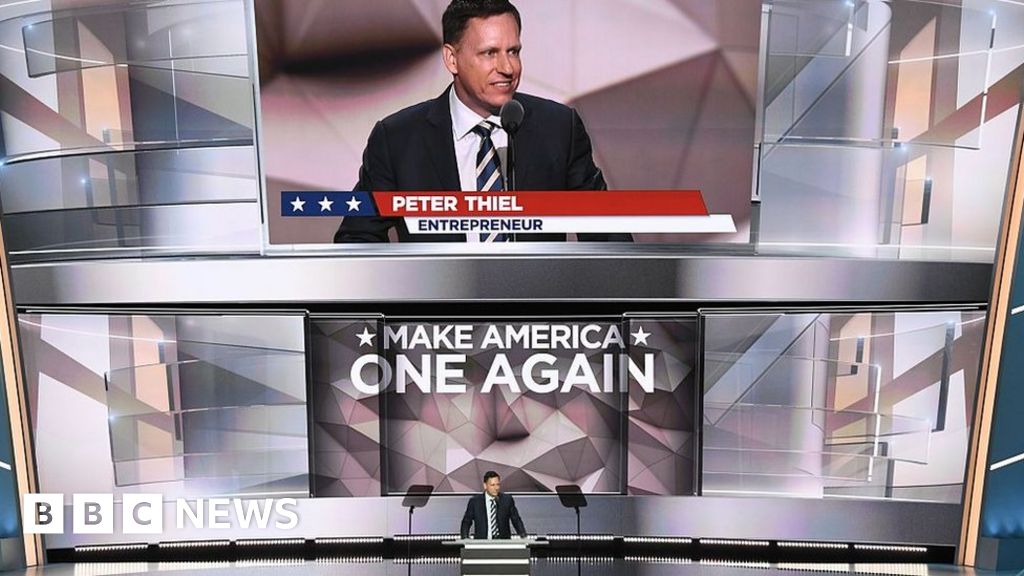
Mainstream television production had started to move out of Alexandra Palace in 1950 to larger premises – mainly at Lime Grove Studios in Shepherd's Bush, west London – taking Current Affairs (then known as Talks Department) with it. On-screen newsreaders were introduced a year later in 1955 – Kenneth Kendall (the first to appear in vision), Robert Dougall, and Richard Baker–three weeks before ITN's launch on 21 September 1955. This was then followed by the customary Television Newsreel with a recorded commentary by John Snagge (and on other occasions by Andrew Timothy). Correspondents provided reports for both outlets, and the first televised bulletin, shown on 5 July 1954 on the then BBC television service and presented by Richard Baker, involved his providing narration off-screen while stills were shown. Television news, although physically separate from its radio counterpart, was still firmly under radio news' control in the 1950s.
#Bbc news technology tv#
That year, there were around two million TV Licences held in the UK, rising to over three million the following year, and four and a half million by 1955.

Those live pictures were fed from 21 cameras in central London to Alexandra Palace for transmission, and then on to other UK transmitters opened in time for the event. It is estimated that up to 27 million people viewed the programme in the UK, overtaking radio's audience of 12 million for the first time. The public's interest in television and live events was stimulated by Elizabeth II's coronation in 1953. Televised bulletins began on 5 July 1954, broadcast from leased studios within Alexandra Palace in London. The network began simulcasting its radio news on television in 1946, with a still picture of Big Ben. A weekly Children's Newsreel was inaugurated on 23 April 1950, to around 350,000 receivers. In addition to news, Gaumont British and Movietone cinema newsreels had been broadcast on the TV service since 1936, with the BBC producing its own equivalent Television Newsreel programme from January 1948. However, it could not broadcast news before 6 PM until World War II. The BBC gradually gained the right to edit the copy and, in 1934, created its own news operation. Wishing to avoid competition, newspaper publishers persuaded the government to ban the BBC from broadcasting news before 7:00 pm, and to force it to use wire service copy instead of reporting on its own. The British Broadcasting Company broadcast its first radio bulletin from radio station 2LO on 14 November 1922. BBC news programme opening during the 1920s The BBC is a quasi-autonomous corporation authorised by royal charter, making it operationally independent of the government. All nations and English regions produce their own local news programmes and other current affairs and sport programmes. Through BBC English Regions, the BBC also has regional centres across England and national news centres in Northern Ireland, Scotland and Wales.

Parliamentary coverage is produced and broadcast from studios in London. BBC News' domestic, global and online news divisions are housed within the largest live newsroom in Europe, in Broadcasting House in central London. In 2019, it was reported in an Ofcom report that the BBC spent £136m on news during the period April 2018 to March 2019. Fran Unsworth has been director of news and current affairs since January 2018. The service maintains 50 foreign news bureaus with more than 250 correspondents around the world. The department is the world's largest broadcast news organisation and generates about 120 hours of radio and television output each day, as well as online news coverage. BBC News is an operational business division of the British Broadcasting Corporation (BBC) responsible for the gathering and broadcasting of news and current affairs in the UK and around the world.


 0 kommentar(er)
0 kommentar(er)
